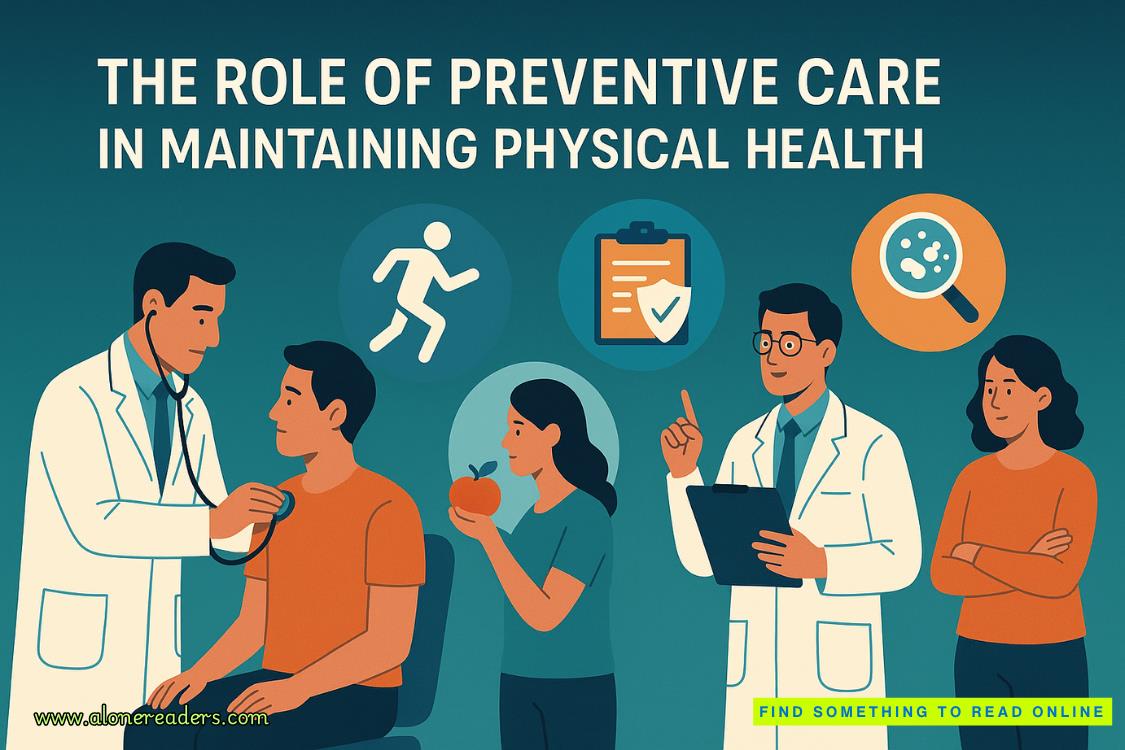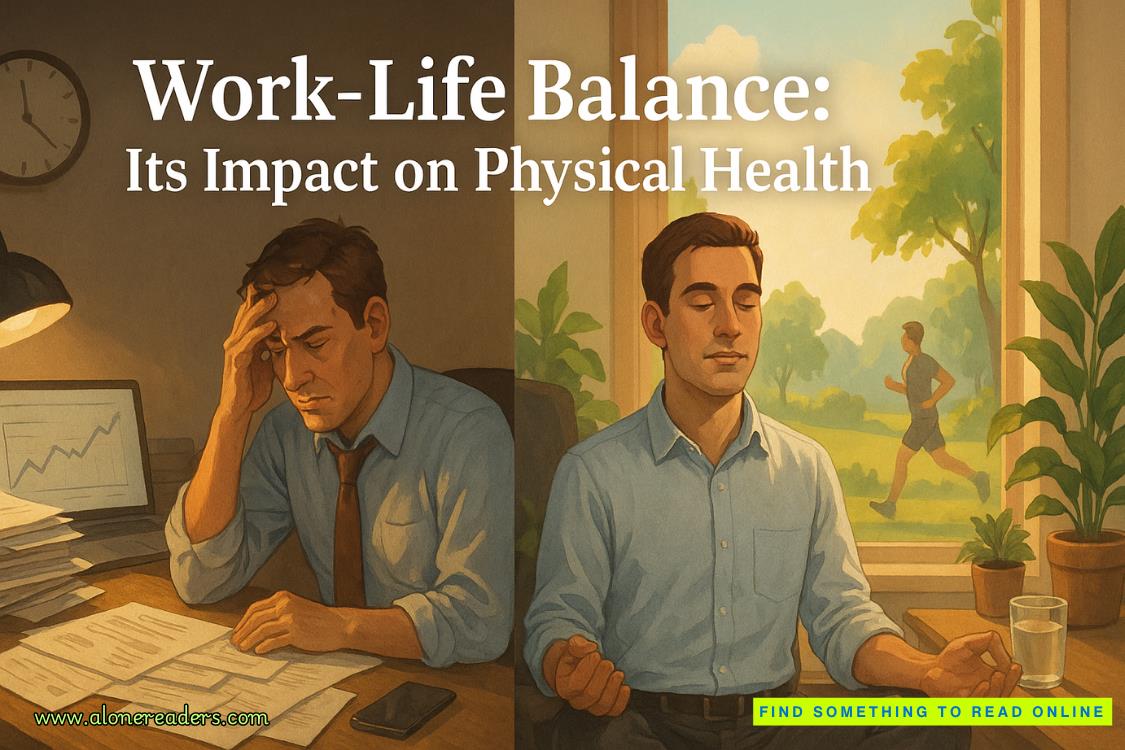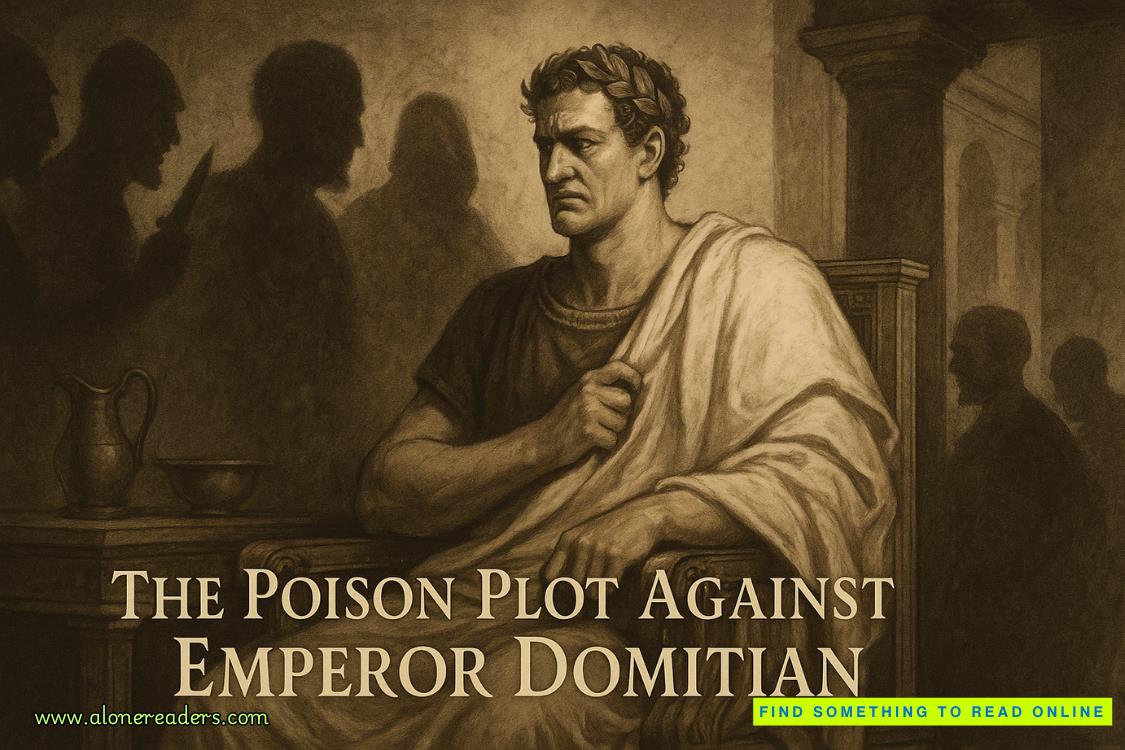Page 9 of The Girl He Crowned
Paige switched herattention to the interior of the morgue. It was a broad space with large rowsof storage spaces designed to hold the dead and a central slab of an autopsytable, on which currently lay the body of Debbie Danton, partially covered by asheet.
The whole placewas tiled in white and gray, with lighting from rows of strip lights that lenta clinically harsh air to it all. To Paige’s surprise, there was a smallviewing gallery set above, behind glass, presumably for teaching, or to allowfamilies to identify bodies without getting too close. Arrays of expensivelooking equipment sat around the room, so that it looked almost as well-equippedas an FBI evidence suite would have been. That caught Paige a little bysurprise in such a small town.
Since Paige was inthe main area of the morgue, she wasn’t hidden behind the glass that mostobservers would have stood behind, and so could take in the full smell ofpreservatives and disinfectants. It could have been the background scent of ahospital except for that slight underlying note that was almost impossible todisguise and which Paige had come to identify from crime scenes: the scent ofdeath.
The coroner stoodin the middle of it all like a king presiding over a particularly gruesomekingdom. He was a large man in his late fifties, with long white hair and ashort beard so that he had the air of an aging musician. He wore blue surgicalscrubs with a white plastic apron thrown casually over the top. He waved Paigeand Christopher forward, urging them deeper into the mortuary.
“You must be thetwo from the FBI. I’ve been expecting you ever since Sheriff May told me thatshe was calling you in.” He sounded slightly more excited than the sheriff hadby everything that was going on, as if having the FBI in town were an honor,rather than a sign of a particularly unpleasant situation that everyone wishedweren’t happening.
“I’m AgentMarriott,” Christopher said. “This is Agent King. And you are?”
“Oh yes, sorry.I’m Dr. Philibert, Eddis’s coroner. I must say that in this town, I rarely haveanything more complex or interesting to deal with than an overdose or someonewho has crashed their sports car. A serial killer? That’s quite a big changefrom the usual for me. Still, one does one’s best.”
He sounded almostexcited by the presence of a serial killer rather than horrified and overwhelmedthe way the sheriff was. Paige guessed that at least a part of it was that hewouldn’t be the one answering to the town for the progress of the investigation.
Then again,neither was Sheriff May anymore. If she wanted, she could step back and saythat the investigation was entirely the FBI’s problem, the way other policedepartments had in the past with Paige and Christopher. She hadn’t, either froma sense of duty to her town or to the dead. It was good to have that muchcooperation from local law enforcement. Paige just hoped that it would helpthem to catch the killer quicker.
“Can you talk usthrough your findings from your investigations?” Christopher asked, obviouslyeager to get things moving.
“Of course.” Thecoroner gestured to Debbie’s body. “See the contusions across the throat there,in such a straight line? That is a mark from where she was strangled usingpressure from some kind of straight, metal object.”
That wasconsistent with what Sauer had told them.
The coroner wentover to one of the metal doors that covered the storage spaces for the dead,pulling out a gurney that held Siobhan Maraty. Even from where she wasstanding, Paige could see the same bruises running across the front of herthroat.
For the briefestof moments, Paige had to fight to focus. It was hard to think, seeing the deadwomen lying there like that in front of her. In that moment, Paige’s sense ofsympathy for the dead and sickening horror at what had been done to them wasalmost overwhelming, so that the mortuary seemed to swim in front of her. Paigehad to remind herself of what Christopher had said to bring the room back intofocus. She wasn’t fourteen, and this wasn’t her father. She was an FBI agent,and she was going to find answers for these women.
“Are those marksconsistent with the pendulums found near the bodies?” Paige asked, trying tofocus on what she could learn from the physical evidence that might tell hermore about the killer. Even if it didn’t lead to him directly, it might suggestsomething that she could work from to get a fuller picture.
“Withapendulum,yes,” Dr. Philibert said. “Although not with the one found near Siobhan Maraty.There was no trace of her DNA on it, and the width of the main rod wasdifferent. It would also have been metal, while the one found near her was wooden.”
Lending weight toPaige’s earlier guess that the pendulums had already been hanging in placebefore the murders, used as lures rather than the murder weapon. No, the killerhad one of his own, one that possibly meant more to him than the others evercould. That, in turn, suggested that the pendulum was intimately caught up withhis pathology.
“What else can youtell us from the bodies?” Christopher asked.
“Mostly that thiswas a very violent assault. Both victims have bruises consistent with multipleblows, some from the bulbous end of a metal object that I assume to be thependulum, more from fists. They were beaten to subdue them to the point wherethe killer could strangle them, and there was something savage about it.Siobhan Maraty sustained three fractured ribs and a cracked skull that mighthave killed her even if the strangulation didn’t.”
Paige frowned atthat, because it didn’t entirely make sense, given the rest of the scene.Christopher seemed to catch the expression.
“Is somethingwrong, Paige?” Christopher asked. “You seem confused.”
“It’s just thatI’m surprised the attack was so violent, frenzied even, when the killer seemsto have planned the rest of it so carefully,” Paige said. “It took planning andeffort to establish the victims’ routes well enough to know where he was goingto be able to ambush them without being seen. It took verycarefulplanningto put the pendulums in just the right spots to attract the women to them andget them to pause long enough for the ambush to work.”
“But the nature ofthe attacks doesn’t fit with that,” Christopher said, obviously starting to seeit.
“The planningpoints to what we would normally term an organized killer,” Paige said. “But afrenzied attack like that points to a disorganized killer.”
It was a classicdistinction when dealing with serial killers, one that could help to understandthe way they worked and even predict some of how they might act.
“Is it possiblethat we’re dealing with two killers working together?” Christopher asked.
Paige consideredthe possibility. “That happens, but I’m not sure the physical evidence fits ithere. A sudden attack like this and killing on the same spot seems moreconsistent with a single killer. A pair would be more able, and more likely, toabduct someone to kill them. No, I think we’re dealing with a killer whoprepares in an organized way, but when the moment comes, it’s almost like afrenzy comes over him.”
“And then heswitches back to being careful again once he calms down,” the coroner said.
“How do you mean?”Paige asked.
“In the aftermathof the killing, it seems that this killer is careful about removing evidence. Fastidious,even. We have signs that he has cleaned the victims’ fingernails to prevent DNAfrom any scratches they’ve inflicted being found.”















